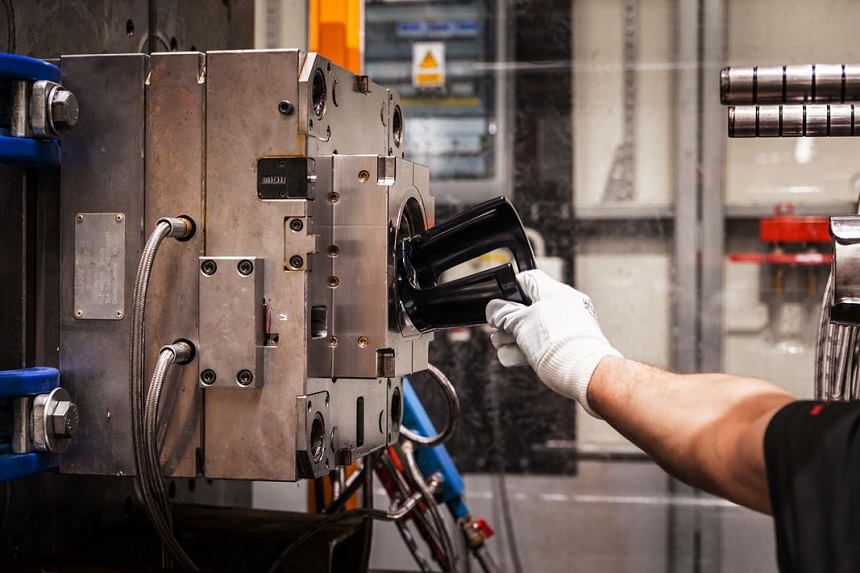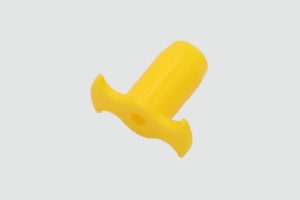Burn Marks in Injection Molding: Here’s What Your Mold Maker Might Be Doing Wrong

From a quality standpoint, burn marks appearing on injection molded parts is one of the most common defects mold makers have to deal with.
Let’s look at what your mold maker might be doing wrong.
Material
If the resin or material has excessive moisture content or is outright wet, then the finished product may come out with burn marks. If that’s the case, the molder should dry the material to proper specs before they go further with molding applications.
Mold
If the clamping pressure is too high or the mold isn’t properly vented, the air trapped within the cavity may cause the part’s edge to burn where venting isn’t taking place properly. In this scenario, the venting should be fixed, and the mold must be inspected to where appropriate gas release can be achieved during molding.
Machine
Numerous things can cause burn marks associated with the process or the machine. Perhaps, the material might be very hot – requiring you to reduce the temperature. If the molds fill up too quickly, the injection speed would have to be reduced. Plus, burn marks may also be caused if the back pressure is very high. If the previous resin had improper purging, they may show up as burns in the existing run where the preceding material was left to cook in the barrel, leading to burnt material, which negatively affects the existing run. When performing color changes or when changing materials, an appropriate purging procedure should always be used.
What are some possible solutions?
 Here’s what you can try:
Here’s what you can try:
- Reduce the clamping force. If the clamping force is set extremely high, it compresses the mold by a lot, which closes the vents.
- Slow down the fill rate during the last 5-10% of mold filling by using your fill rate control. If a machine doesn’t have any fill rate control, set an inspection time to end just before the mold is full. Then proceed to a lower second stage for the concluding fill. These methods will give enough time for the air to escape.
Well, this is a simple problem to solve from the plastic’s perspective. In the injection molding process, there are just four basic processing variables:
- Cooling rate
- Flow rate
- Plastic pressure
- Melt temperature
Remember, cooling rate and melt temperature aren’t involved in a burn marks problem. So, the solution should be plastic flow rate and/or plastic pressure.
PTMS makes custom injection molding with advanced injection machines
The injection machines of PTMS can run every type of resin – from high temperature to filled materials, commodity to grades. We only work with high-quality plastic resin suppliers within the industry. As one of the leading injection molding companies, the plastic resin we use is 100% qualified.
We’re an ISO 9001-2008 company and are extremely strict with the product quality.
Contact us now for more information on our plastic injection molding service!
